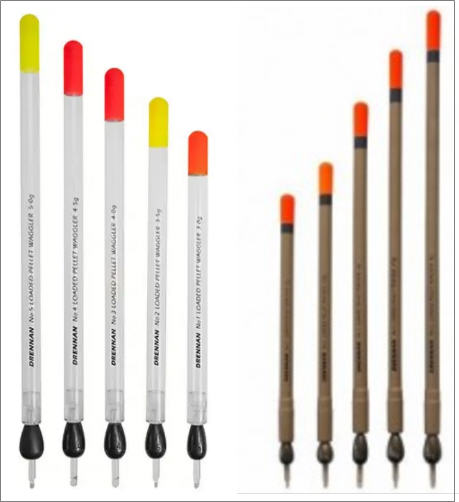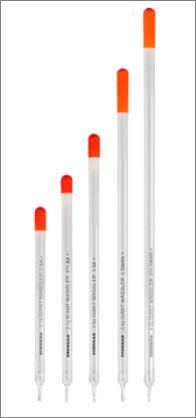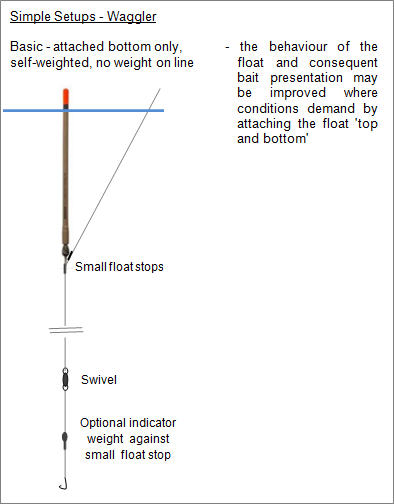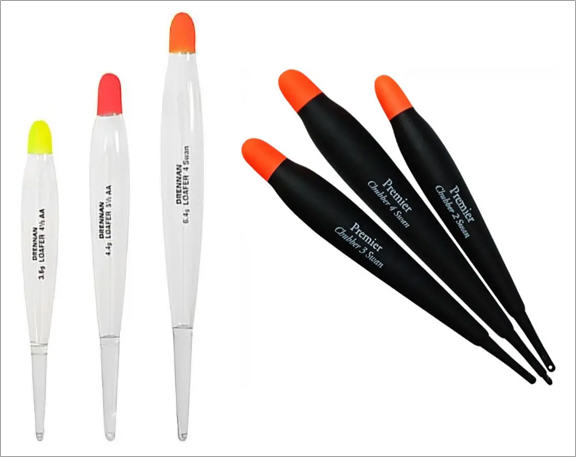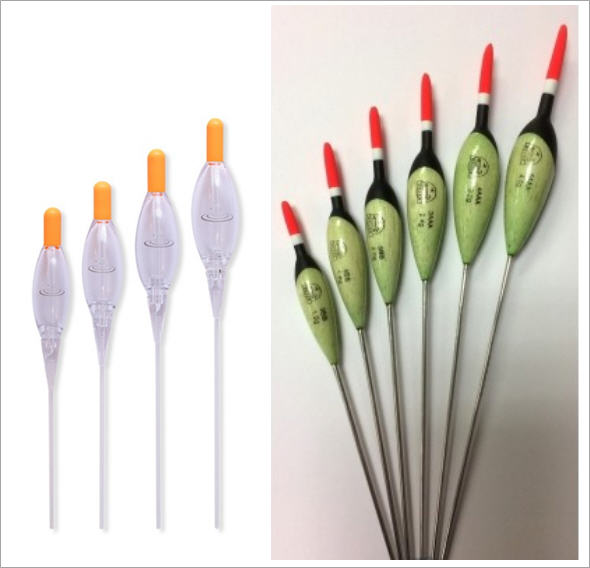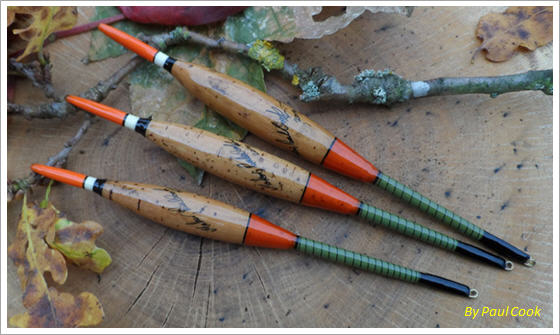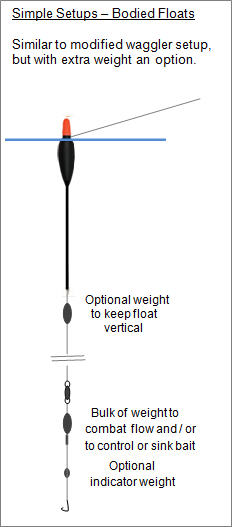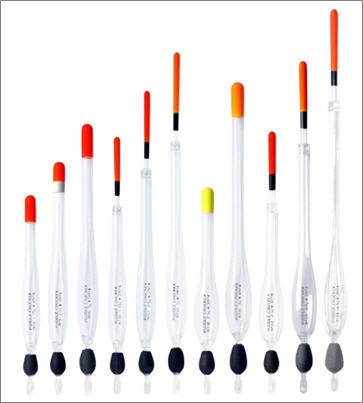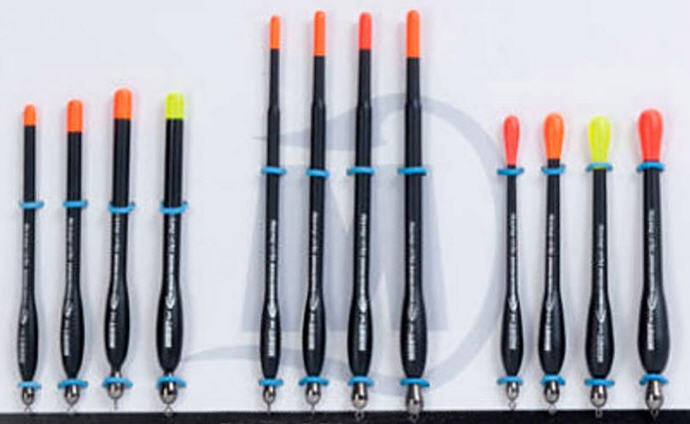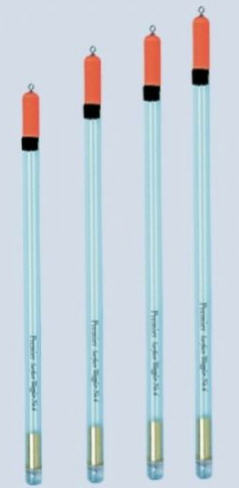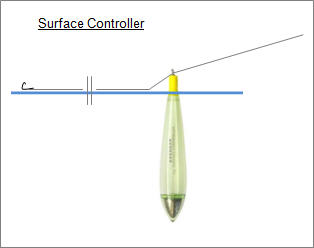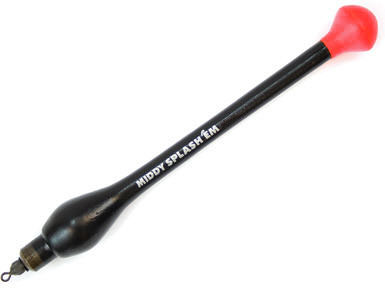|
Home Photos Background Tackle Mullet Info |
Mullet Fishing: Floats |

|
|
It may be helpful to highlight some of the main types of float and float-setups that I've been using for mullet fishing, at least since 2011. There's probably no point going into vast detail regarding the more complicated setups, as that will just serve to repeat what's been written about many times before, typically in freshwater / coarse fishing articles, and by anglers whose technique is far more refined than my own. I would definitely assert that those resources will provide a vast knowledge base to help with the customisation of rigs, in order to catch more mullet. Anyway, that said, here are a few of the most simple setups that can be used in a variety of situations, without the possible refinements alluded to above. In some instances, I'll describe the floats as if home-made, but equivalents are usually commonly available from tackle shops. 1. Waggler: The 'Go-To' Float In most situations, you can't go far wrong with a weighted or unweighted waggler, and the setup couldn't be more simple. These are usually fished 'bottom ring only', but there are some situations where attaching 'top and bottom' assists with their control, and with presentation. The actual float will typically be a real or artificial peacock quill, a gull or swan quill, a reinforced drinking straw (an excellent alternative to an infinitely-breakable crystal waggler), maybe a reed or cane. Any weighting can be achieved using small shot within the stem, for the smaller floats, 'lead' wire, wrapped around the lower stem, or maybe an olivette - the latter can be 'in-line' or 'lock and slide', and seem to be available in every possible size imaginable, making them ideal for use both in float construction and in float rigs. For relatively still water, or where the flow is very gentle, the pre-weighted wagglers are perfect, and the heavier sizes are ideal for effective distance casting. The beauty of the weighted type is that if the fish suddenly begin to feed on the surface, often for an infuriatingly brief period, it takes only seconds to switch over to a surface bait. If there's a bit more flow, a pre-weighted waggler that sits quite high in the water can be used in combination with some added weight down the line; I normally use a piece of rig putty, sat against a small-size float stop. As the flow increases, choice of float tends towards an unweighted variety, with the bulk of the weight down the line, to prevent the bait from rising in the current, and keeping it at the intended depth. This is also a scenario that sometimes benefits from the float being attached 'top and bottom'. Another consideration may be small fish attacking the groundbait and hookbait near to the surface; usually, adding some weight closer to the hook will help to get the bait down quickly and avoid the layers of nuisance fish. There will come a cross-over point when the waggler maybe ceases to be the best choice, and a float more suited to trotting would be better. Here are a couple of the most extremely basic waggler setups, but these will work in a surprising variety of situations, with relatively little modification. 2. Bodied Floats If there's a bit of flow, and trotting is a good option, or if there's a bit of chop, something with a body may be a better choice. Styles vary from 'all body', such as a loafer, or 'stem and body', both frequently used in freshwater setups. The fishing style called for can vary enormously, but the key consideration is often where you want to put the weight, which will affect how the bait is presented, taking into account the depth of water, flow / chop and the sinking / drifting effect that is to be achieved for the hookbait. Here is a simple setup using a bodied float attached 'top and bottom', and the spacing / placement of weights will depend very much on the factors mentioned above.
3. Popular Alternatives A common option adopted by mullet anglers is the 'bodied waggler', some of which can be fished both ways up - i.e. with the body downwards, like a short antenna, or uppermost, like the bodied float examples shown above. These also can be attached 'bottom only' or 'top and bottom', and are available with both fine interchangeable tips and thicker fixed ones. It should be mentioned that the Drennan 'puddle chucker' models suffer from a fatal flaw, in that the assembly carrying the weight is prone to becoming unattached or breaking, and using superglue to avoid the latter usually renders the stem brittle, therefore incurring an inevitable breakage.
For floating baits, a surface controller is a good option; the larger variants of these can be quite heavy, so will also facilitate very long casting. For a more refined presentation, a float resembling a weighted waggler with the point of attachment at the tip may be a better choice. In either case, a good length of line between the float and the bait is usually preferable.
Another option for long casting and visibility at distance would be a Middy Splash 'Em, or equivalent, which is effectively a large weighted bodied waggler with an oversized tip; these are fished in the same manner as the 'bottom only' setup described above.
In summary, these are just a few of the most basic setups, but they will suit many situations and constitute tried and tested methods, repeatedly catching mullet - see the photos pages, where the 'on the net' photos will usually indicate what float was in use at the time of capture. It's also true to say that the refinements which can be applied, some of which are very minor, can definitely lead to more bites and more fish on the bank. |
|
|
Last updated 20.09.23
|

